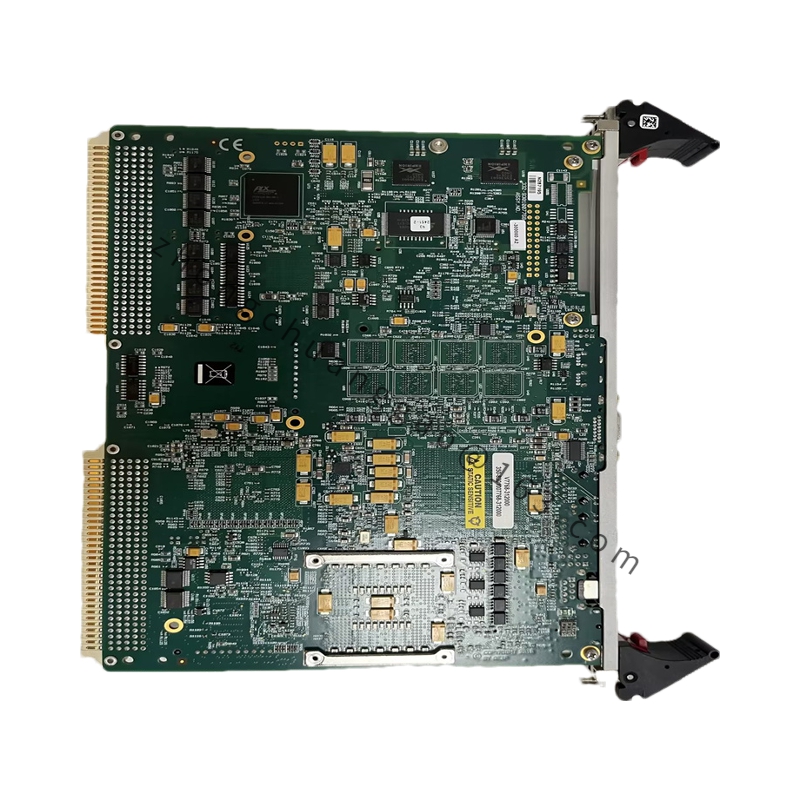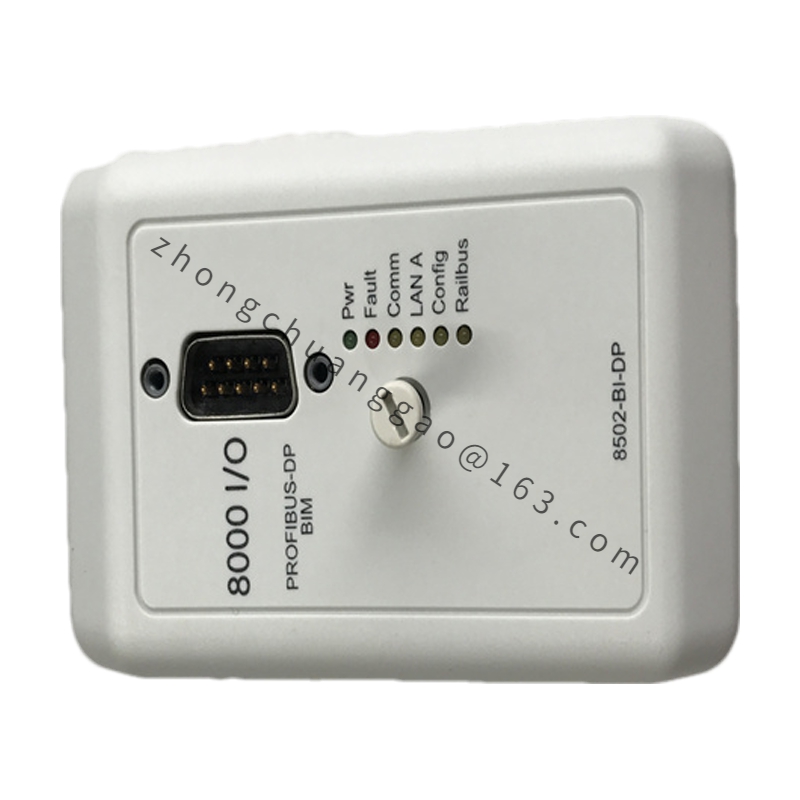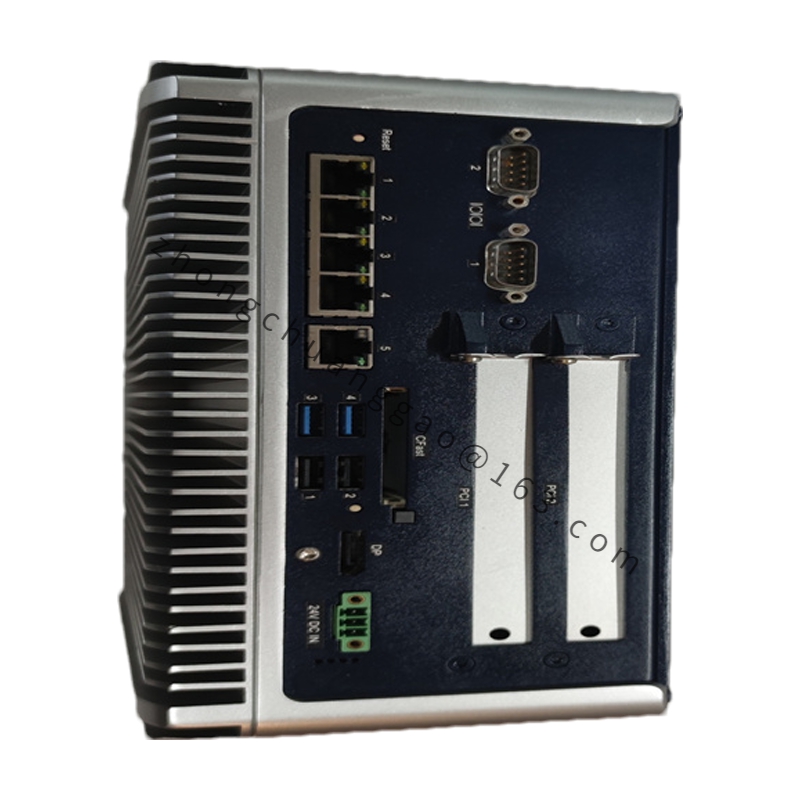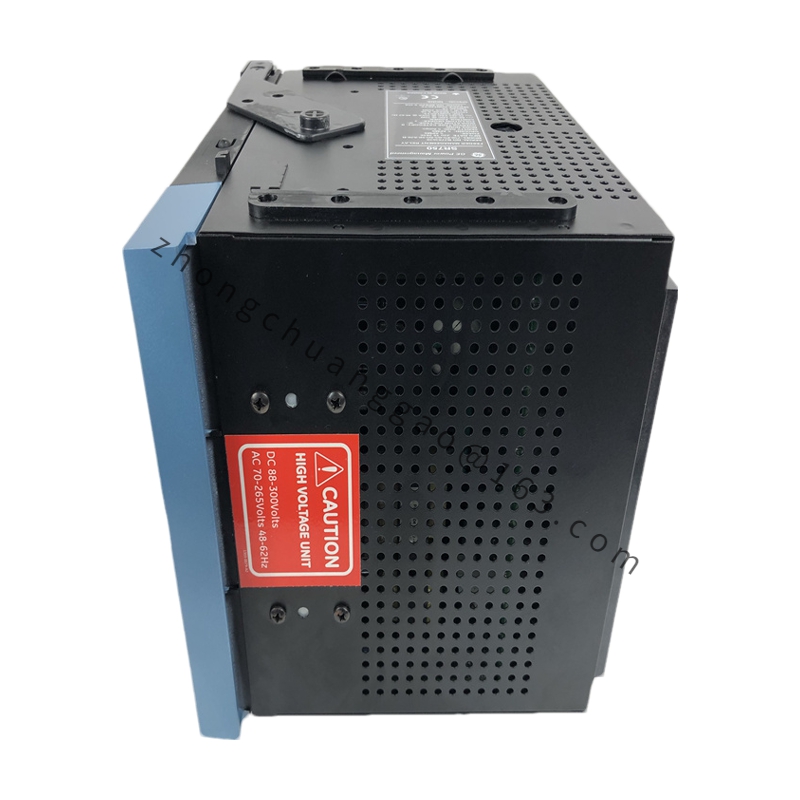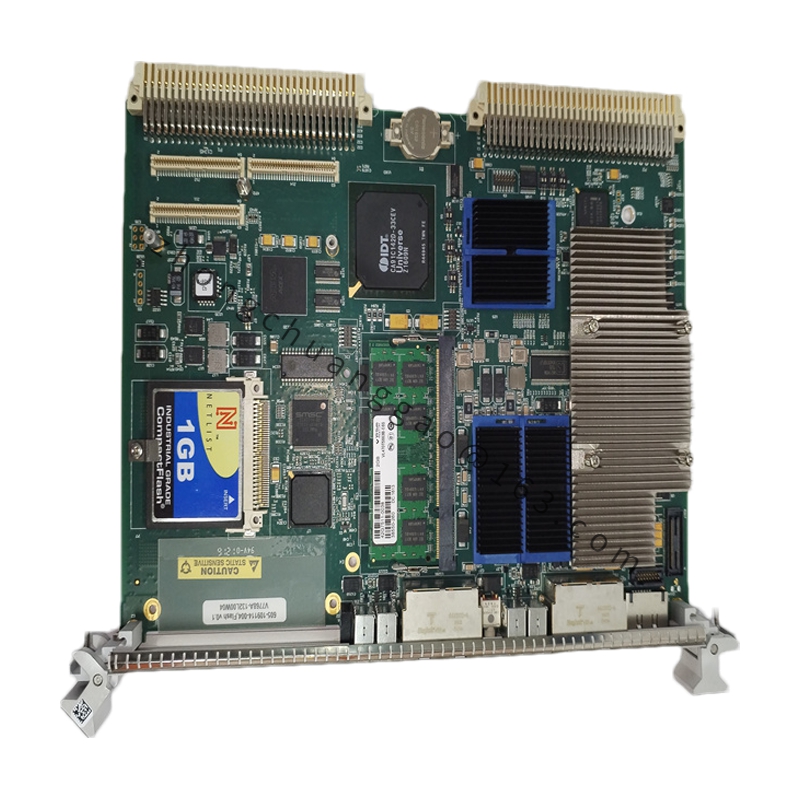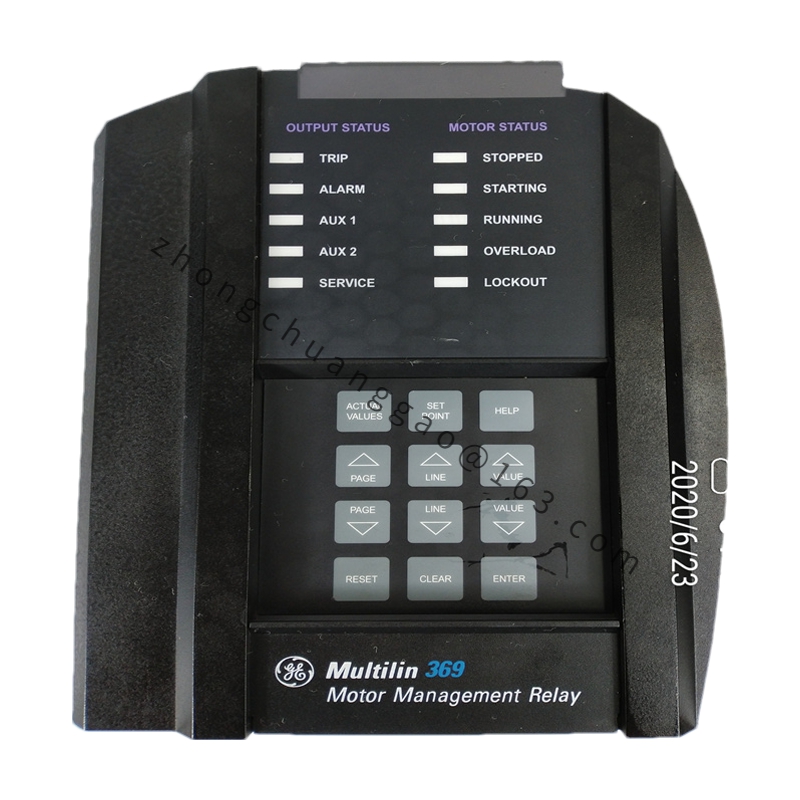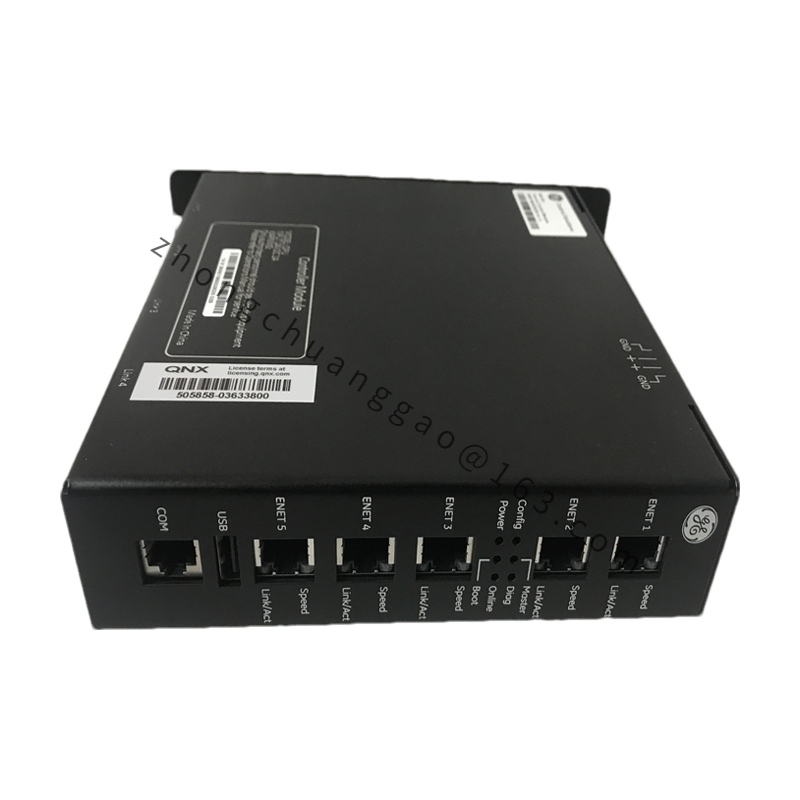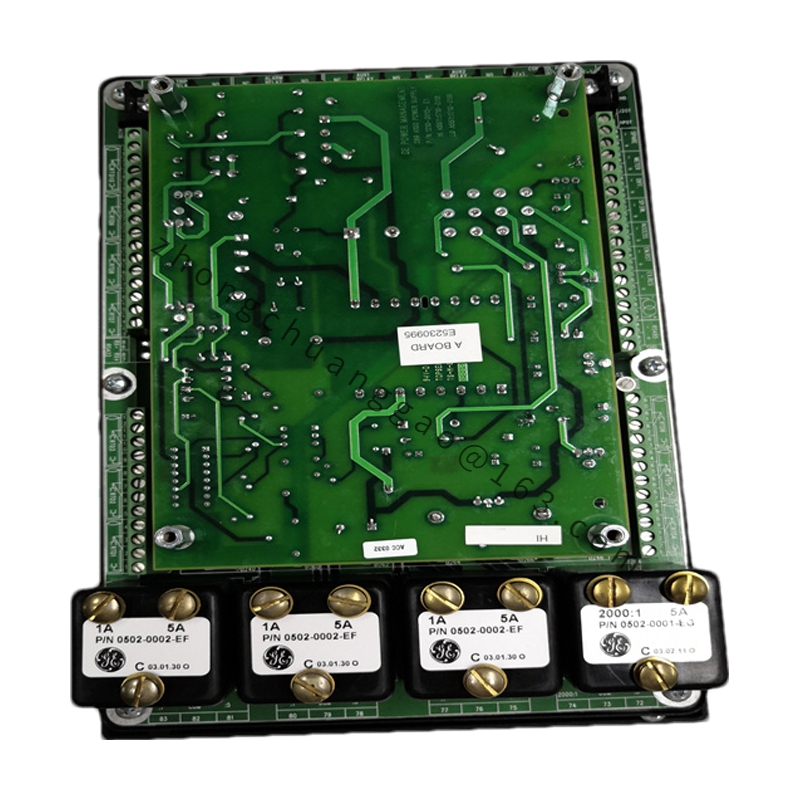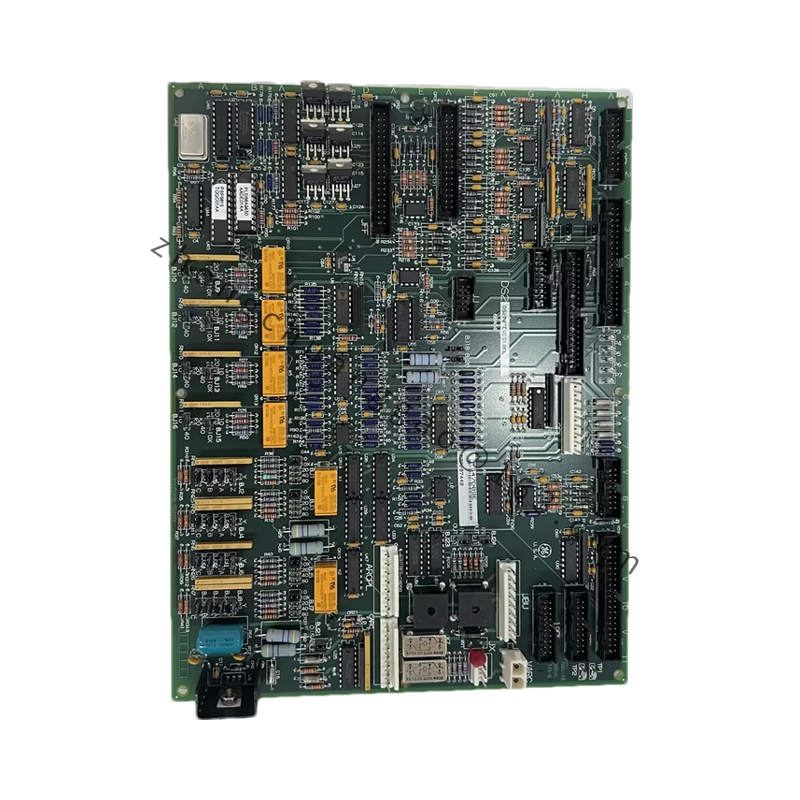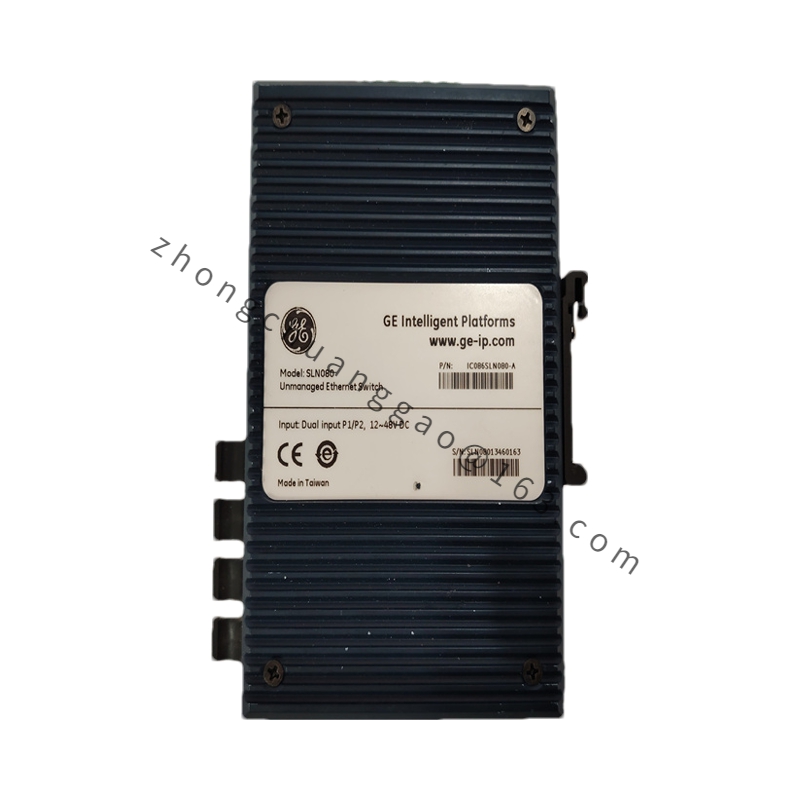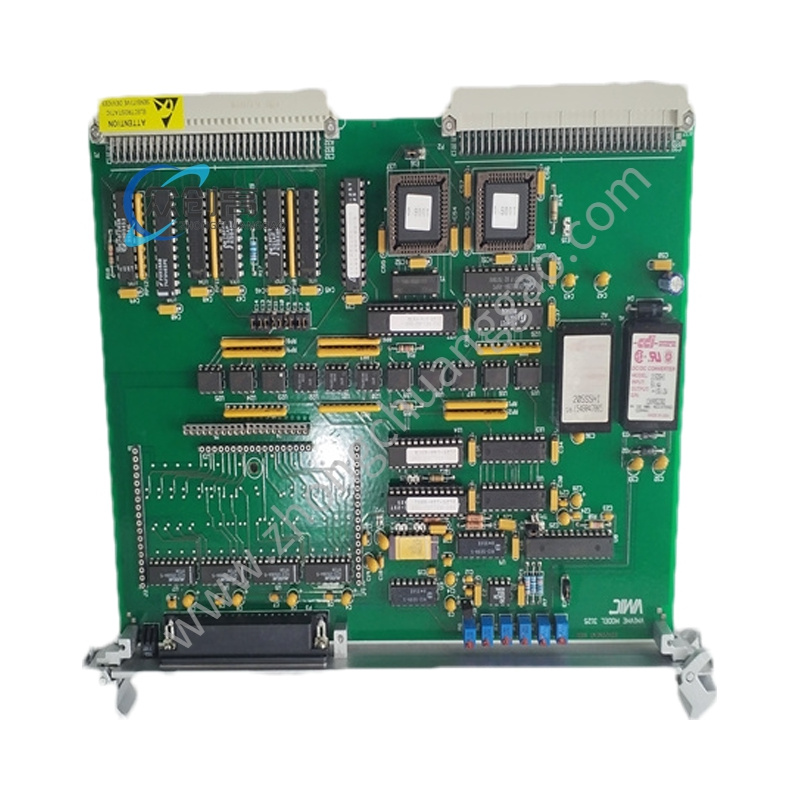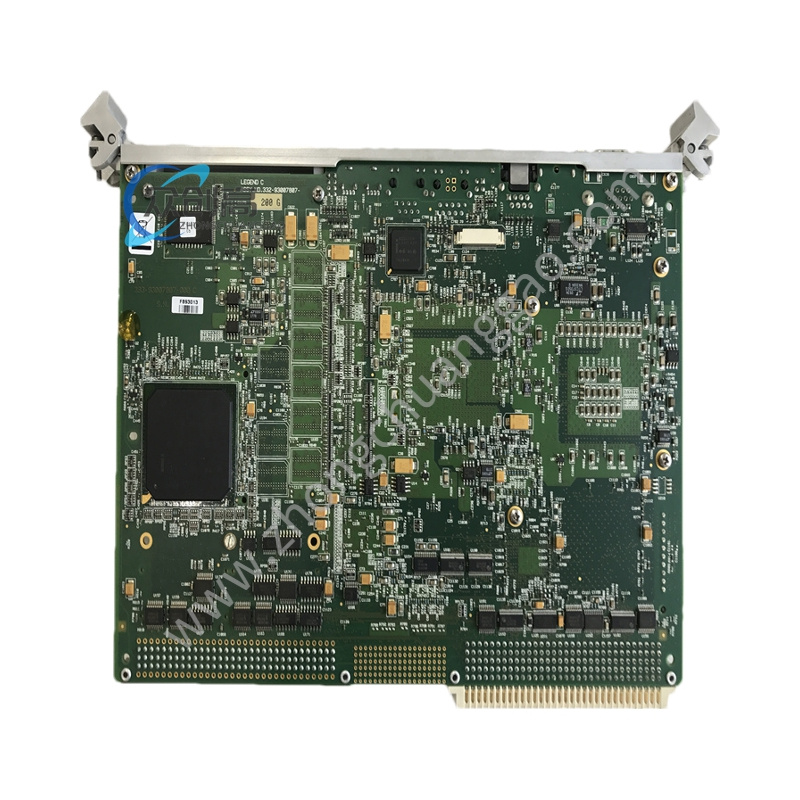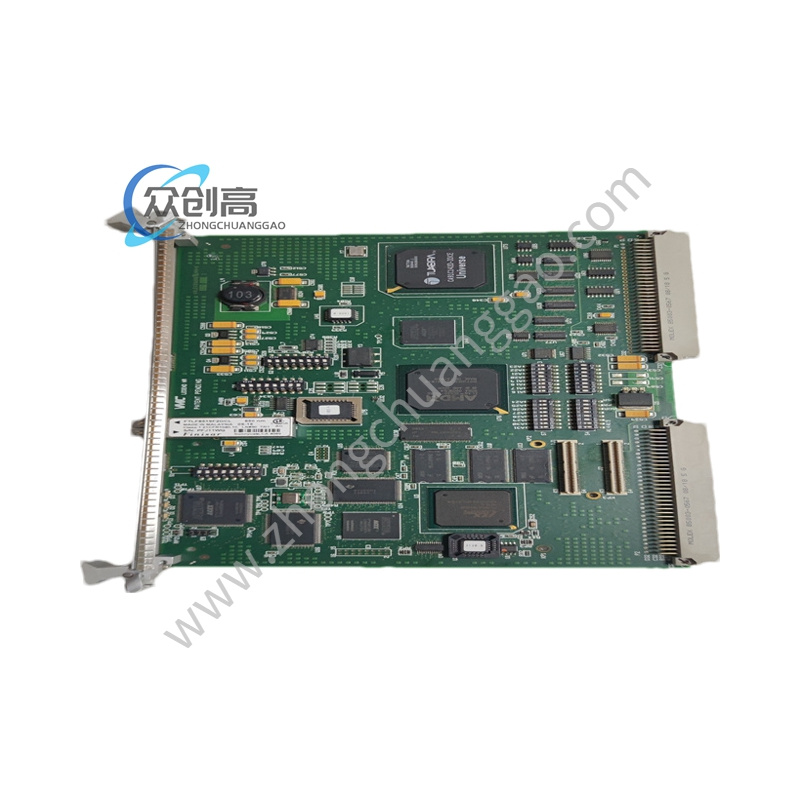Detailed content
Technical Specifications:
- Model: V7768-312000
- Type: Vibration Sensor / Transmitter
- Power Supply:
- Voltage: Typically operates with a standard power supply, usually within the range of 24V DC. The exact specifications should be verified with the datasheet.
- Measurement Range:
- Vibration Range: The sensor is designed to measure a specific range of vibration frequencies, typically from a few Hz up to several kHz. The exact measurement range should be detailed in the datasheet.
- Output Signals:
- Analog Output: Provides an analog signal proportional to the measured vibration. Common outputs include 4-20 mA or 0-10V. Exact output details should be confirmed with the datasheet.
- Digital Output: Some models may offer digital communication options for integration with control systems.
- Accuracy:
- Measurement Accuracy: Designed for precise vibration measurement, with accuracy details specified in the datasheet.
Functional Features:
- Vibration Measurement:
- Sensor Type: Typically utilizes accelerometer technology to measure vibration levels.
- Frequency Response: Capable of detecting vibrations across a broad frequency range, suitable for monitoring various types of machinery.
- Durability:
- Construction: Built to withstand harsh industrial environments. Features rugged construction for durability and long-term reliability.
- Temperature Range: Operates effectively in a wide temperature range. Specific temperature limits should be confirmed with the datasheet.
- Signal Conditioning:
- Filtering: Includes built-in filtering options to reduce noise and enhance measurement accuracy.
- Calibration: May offer calibration options to ensure accurate and consistent measurements over time.
- Integration:
- Compatibility: Designed to integrate with industrial monitoring and control systems for real-time vibration analysis.
- Mounting: Typically comes with mounting options for easy installation on machinery or equipment.
Applications:
- Industrial Machinery:
- Condition Monitoring: Used for monitoring the condition of industrial machinery to detect early signs of wear or malfunction.
- Preventive Maintenance: Helps in scheduling preventive maintenance activities by providing real-time vibration data.
- Manufacturing Equipment:
- Performance Monitoring: Monitors the performance of manufacturing equipment to ensure smooth operation and minimize downtime.
- Quality Control: Assists in maintaining equipment quality by detecting abnormal vibrations that may affect product quality.
- Power Generation:
- Turbine Monitoring: Used to monitor vibrations in turbines and generators, ensuring reliable operation and preventing failures.
- Transportation:
- Vehicle Systems: Monitors vibrations in transportation vehicles such as trains and trucks to ensure safety and performance.
Additional Information:
- Software Compatibility: May be compatible with various industrial monitoring and control software for enhanced data analysis and visualization.
- Installation: Designed for straightforward installation with clear mounting instructions and options provided in the product manual.
- Certification and Compliance: Adheres to industry standards for safety, performance, and electromagnetic compatibility (EMC). Certification details should be checked with the datasheet.


